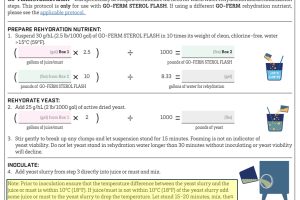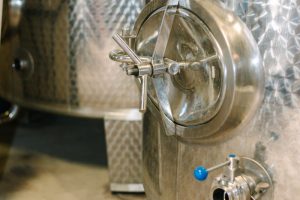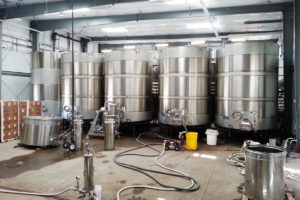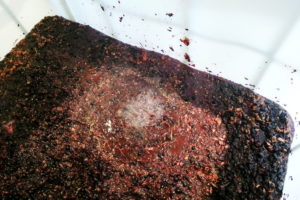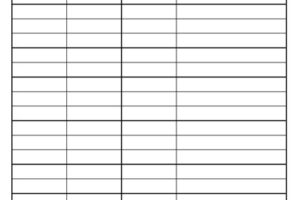Spoiler: Every Winemaking Operation Can Do These Things The 2025 vintage is shattering assumptions and rewrote the rules – giving some regions a reminder what a good harvest feels like, and other regions struggled under accelerated conditions. While some producers clung to outdated practices (yes, that means you if you still think 65°F counts as […]
Malolactic Fermentation
Wine is Made. Now What?
The post-harvest lull, for many, can feel like a short reprieve in the cellar. However, post-processing is when real winemaking operations begins! There are many requirements in the cellar that still demand the winemaker’s attention. Today, I’m going to review a few key operations that require focus between November and December. 1. Ensure MLF is […]
Tips for Successful MLFs
Many winemakers take the malolactic fermentation (MLF) for granted, assuming it has a success rate similar to that of yeast fermentation. However, MLF is tricky! Like primary fermentation, MLF is a fermentation that is carried out by living lactic acid bacteria (LAB): Lactobacillus, Oenococcus, and Pediococcus (Krieger 2005, Iland et al. 2007). All of these […]
4 Tips to Post-Fermentation Success
While many of us are likely in the middle of harvest, it’s important to remember those post-fermentation processes that have a profound impact on wine quality. Below, I’ll review 4 tips that ensure the maintenance of wine quality as fermentation ends. For Whites and Rosés, Rack Once, Off of Gross Lees, 24-Hours After Fermentation is […]
Red Wine Color and the Processes that Change It
A winemaker’s desire to produce a deeply colored, concentrated red wine can be a strong driving force behind winemaking operational decisions. Processes like cold soak, extended maceration, or even the use of saignée become the norm when winemakers hear other winemakers employ these techniques to enhance red wine color. But sometimes our use of a […]
Are you taking adequate fermentation records?
Having adequate detail in an easy-to-navigate record keeping format allows winemakers to: quickly see past decisions, evaluate which treatments were effective for various wines, and assess general inventory needs on a regular basis. While the use of wine production software systems are often helpful, many winemakers strive to take good notes on the cellar floor. […]
